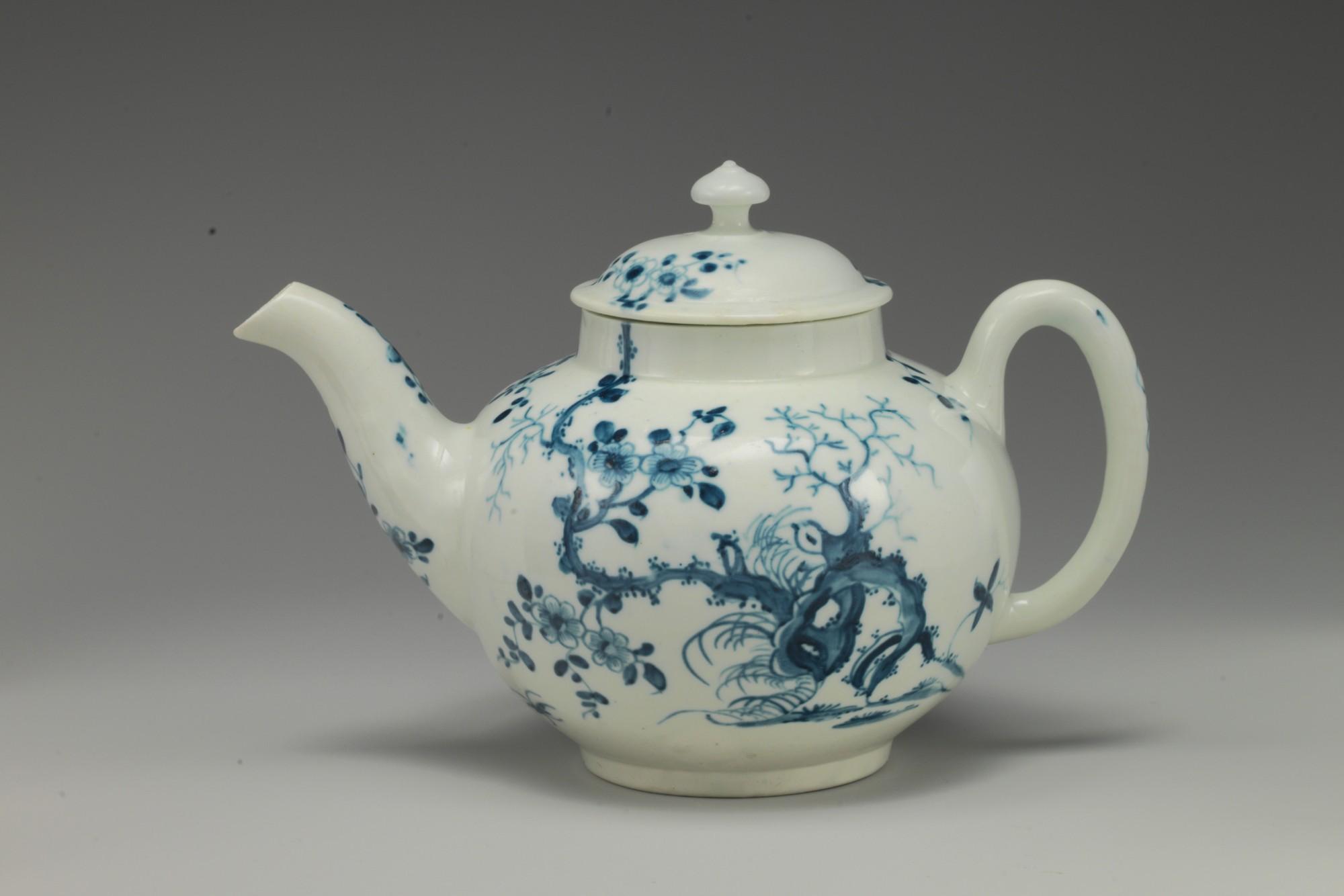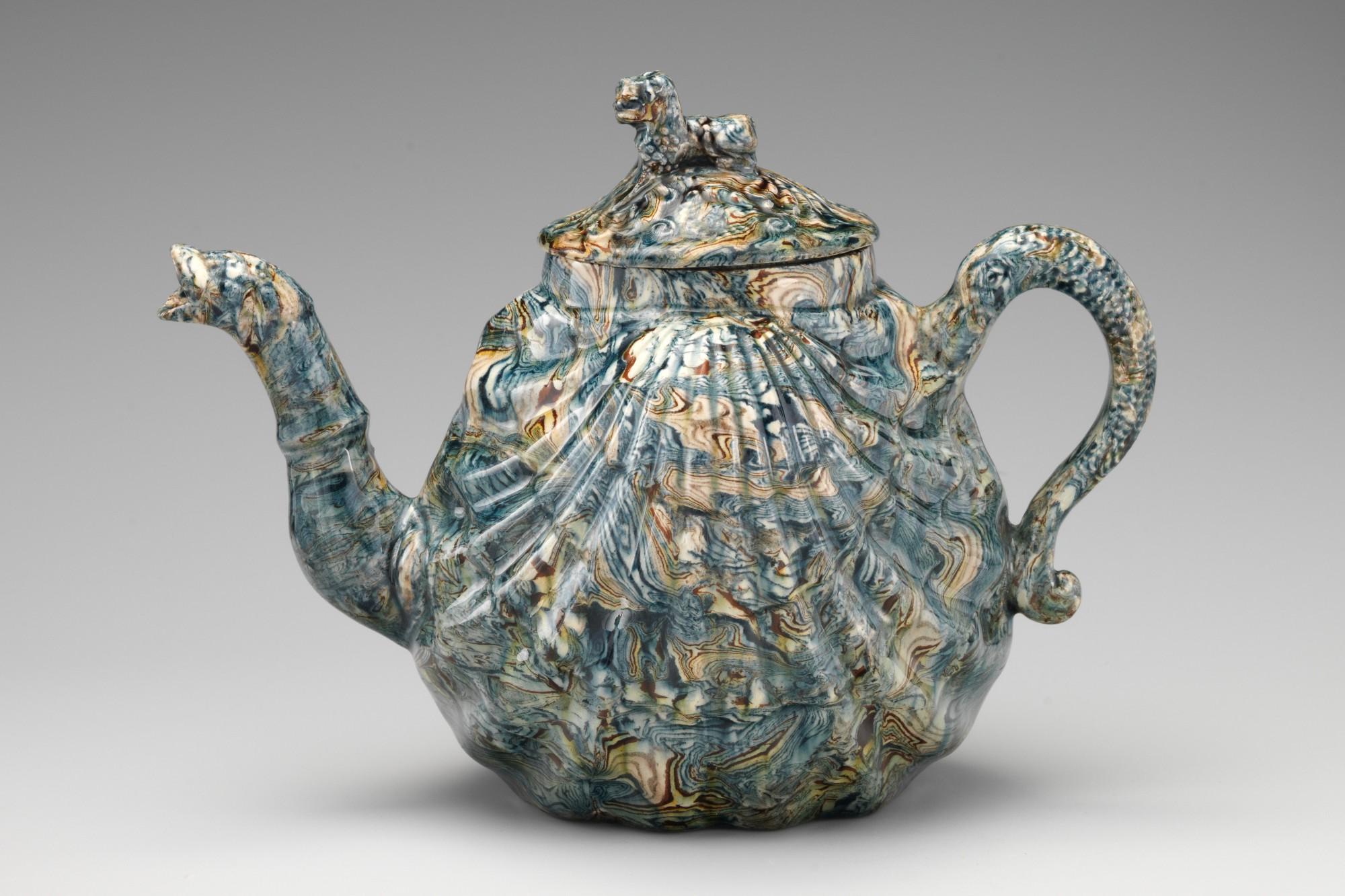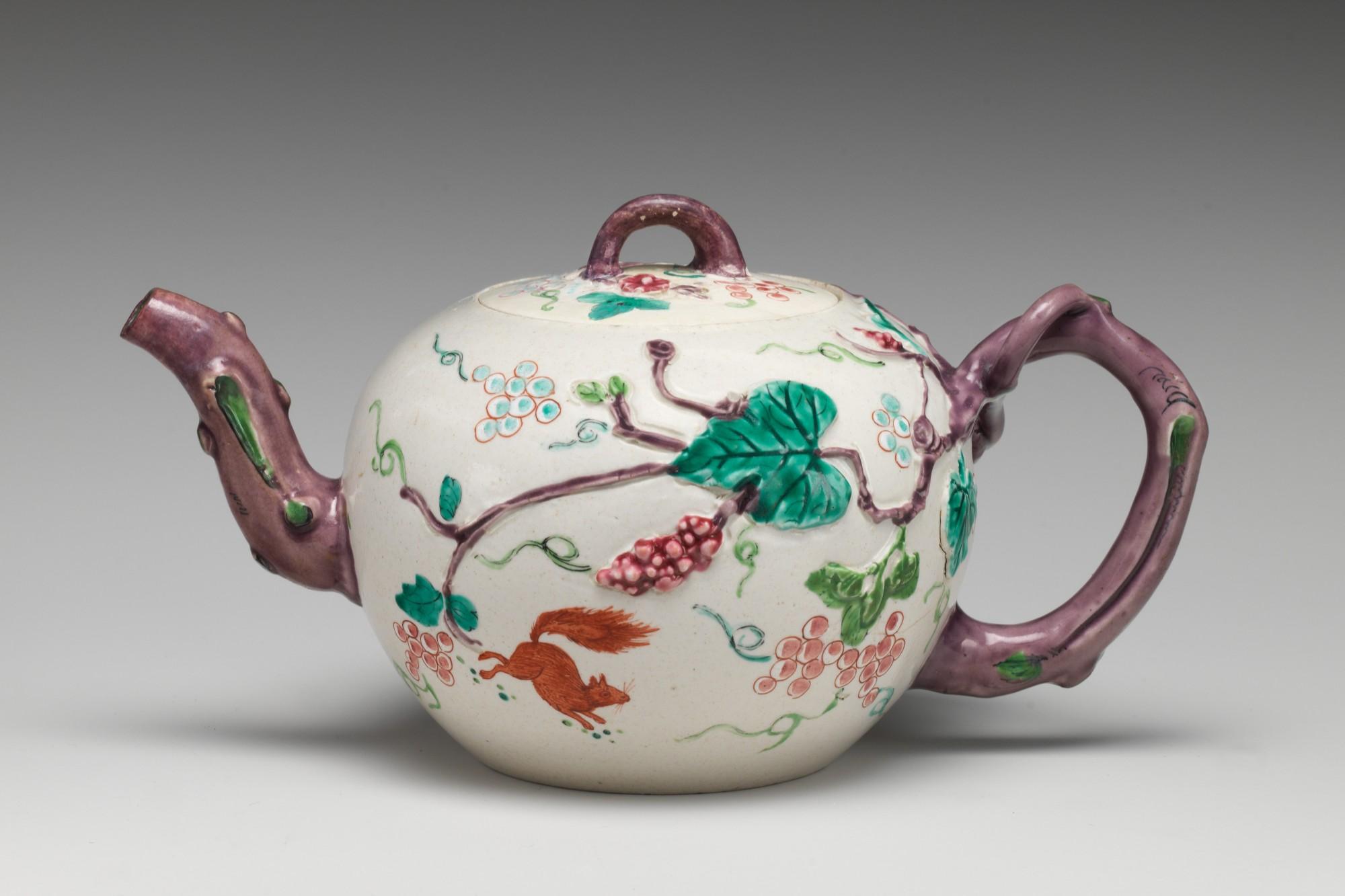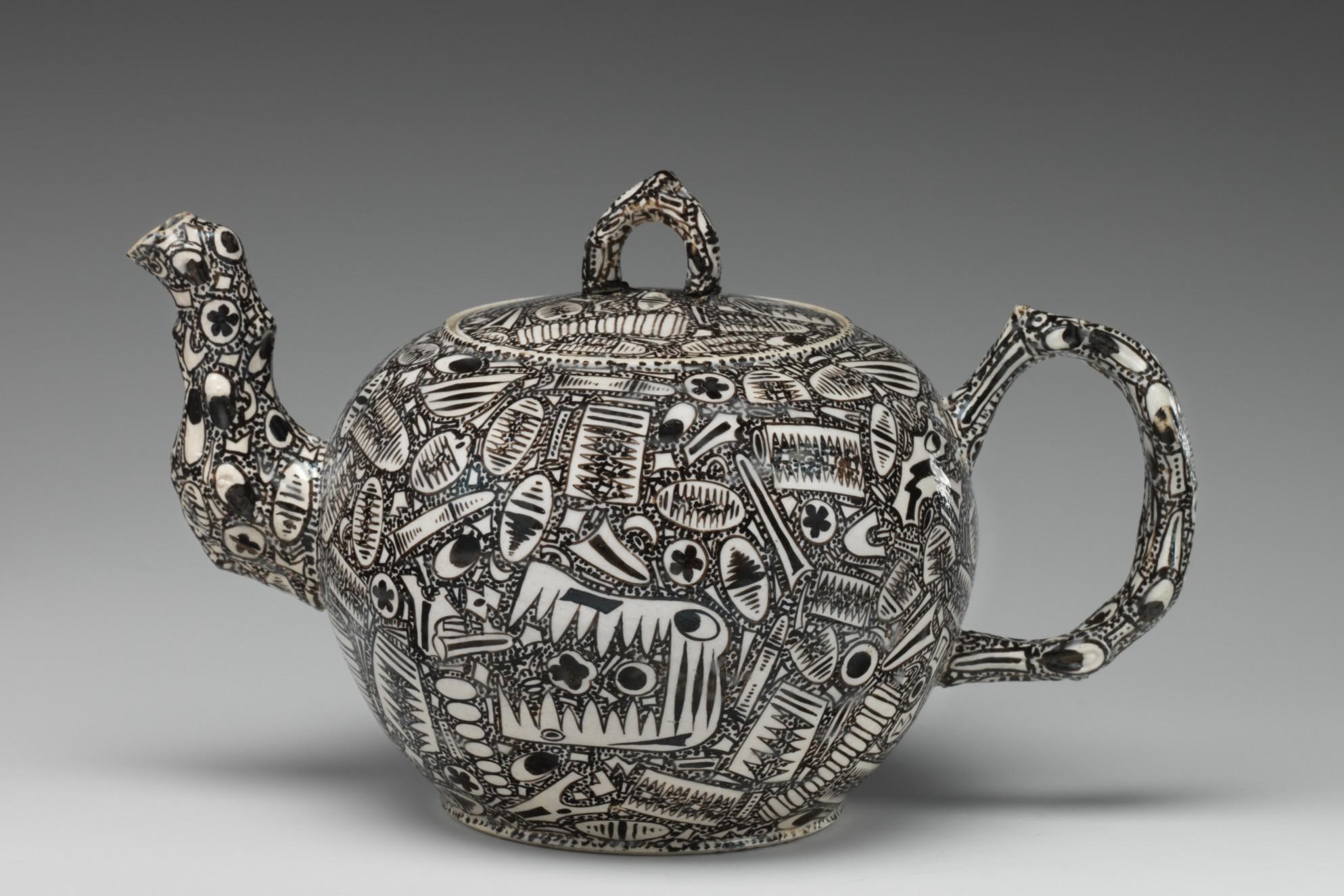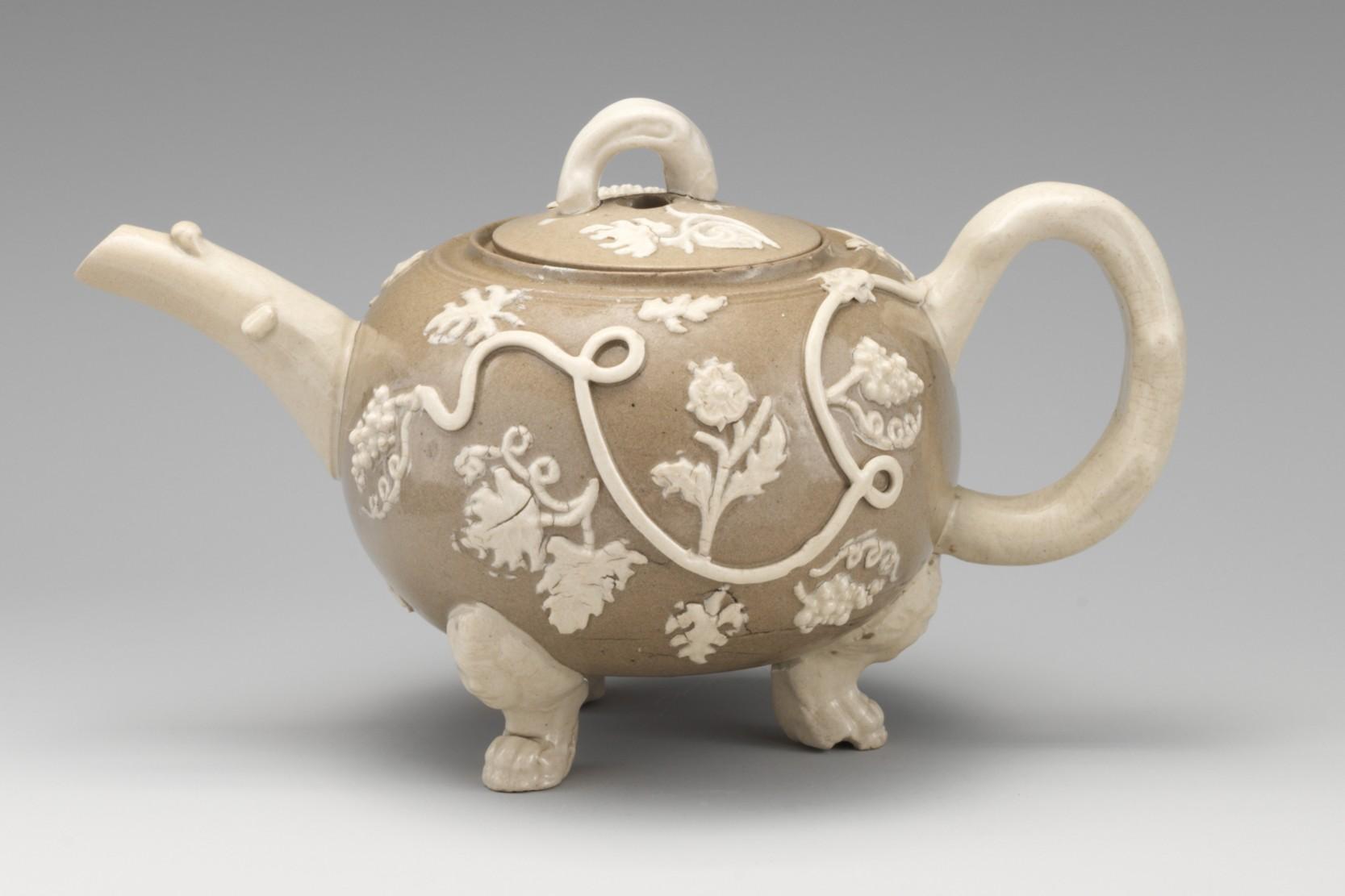“This anniversary is an exciting moment to celebrate what The Met means to its audience, from the New Yorkers who enjoy the museum regularly, to the millions of tourists who walk through our doors every year, to those who experience our offerings remotely. It is also an opportunity to reflect on our history, to plan thoughtfully for our future, and to say thank you,” said museum president and CEO Daniel Weiss, in a statement.
The anniversary is “a time to think deeply about our responsibilities as stewards of this exceptional resource, our commitment to cultivating the understanding and appreciation of art, and the ways in which we can illuminate the connections within cultural histories,” said Met director Max Hollein. “The Met strives to be a seminal encyclopedic museum—of the world, for the world, and in the world—and we are grateful to everyone who supports us in achieving that goal.”
The Met was founded by a group of American citizens–businessmen and philanthropists as well as leading artists and thinkers of the day–who wanted to create a museum to bring art and art education to the American people. Nearly two years after it was incorporated, the museum opened its doors to the public for the first time in the Dodworth Building at 681 Fifth Avenue. Since then, The Met has moved several times and become one of the largest and busiest museums in the world, drawing more than seven million visitors in 2018. It now displays tens of thousands of objects covering 5,000 years of art from around the globe at two sites in New York City–The Met Fifth Avenue and The Met Cloisters–as well as online.
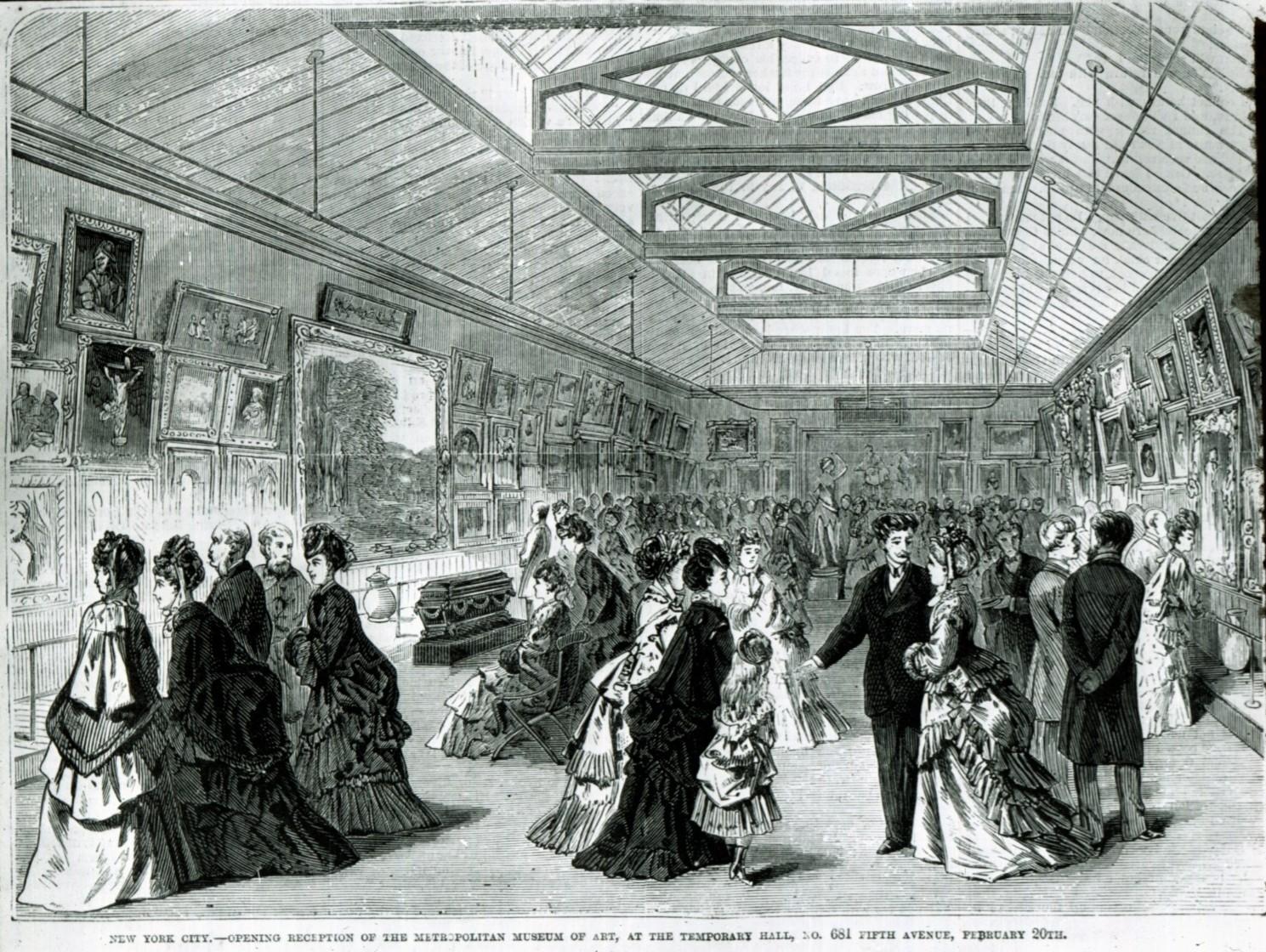
Opening reception on February 20, 1872, in the picture gallery in Dodworth Mansion (681 Fifth Avenue), the first home of The Metropolitan Museum of Art. Wood engraving from Frank Leslies's Illustrated Newspaper, March 9, 1872.
To mark the 150th anniversary of The Met’s incorporation, directors planned a wide range of activities and events over several months in the spring, including an immersive exhibit about the museum’s history, the reopening of its British Galleries after a $22 million renovation, and the display of works given to the museum in honor of its anniversary. Other events included a birthday party on April 13, a story-telling initiative and a series of public events. COVID-19 closures put a stop to most of those plans, but with The Met reopening August 29 after months shuttered, the museum is excited to redebut exhibitions that barely had a chance to shine before the museum closed.
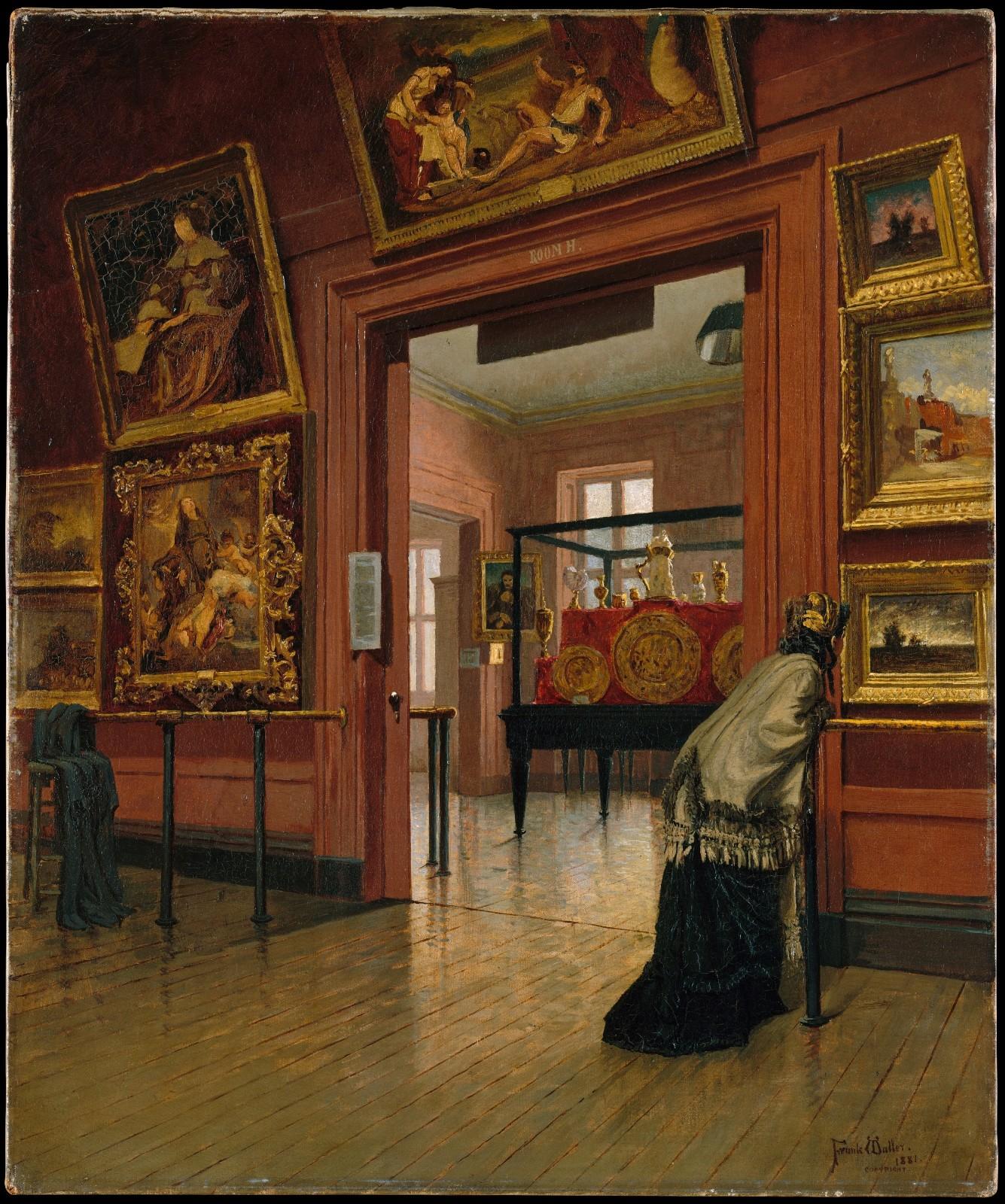
Frank Waller (American, 1842–1923), Interior View of the Metropolitan Museum of Art when in Fourteenth Street, 1881. Oil on canvas.
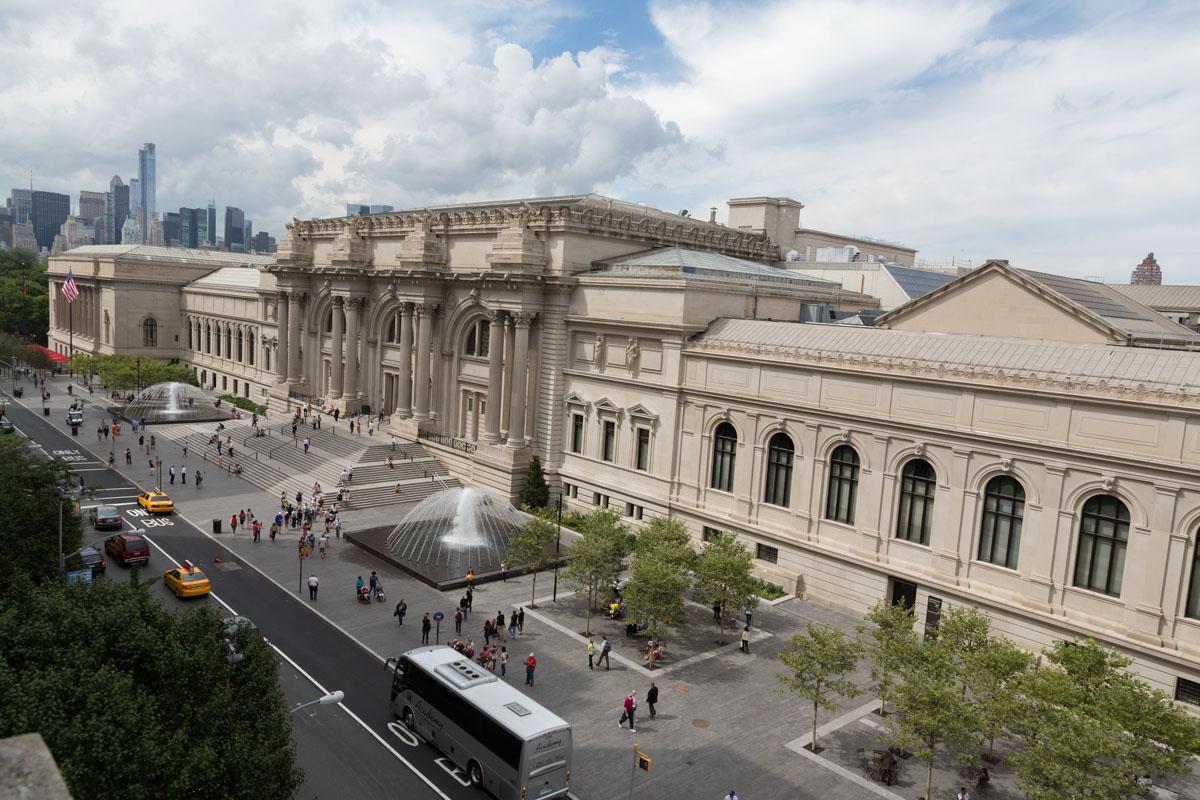
The Met Fifth Avenue
Making The Met, 1870 to 2020 is the title of a new exhibition that will present more than 250 works of art from the collection while taking visitors on a journey through the museum’s history. Opening this week, and considered a centerpiece of The Met’s anniversary celebration, the exhibit is a museum-wide collaboration that will highlight the visionary figures and cultural forces that shaped The Met from its founding to the present day, as well as “transformational” moments in the evolution of its collection.
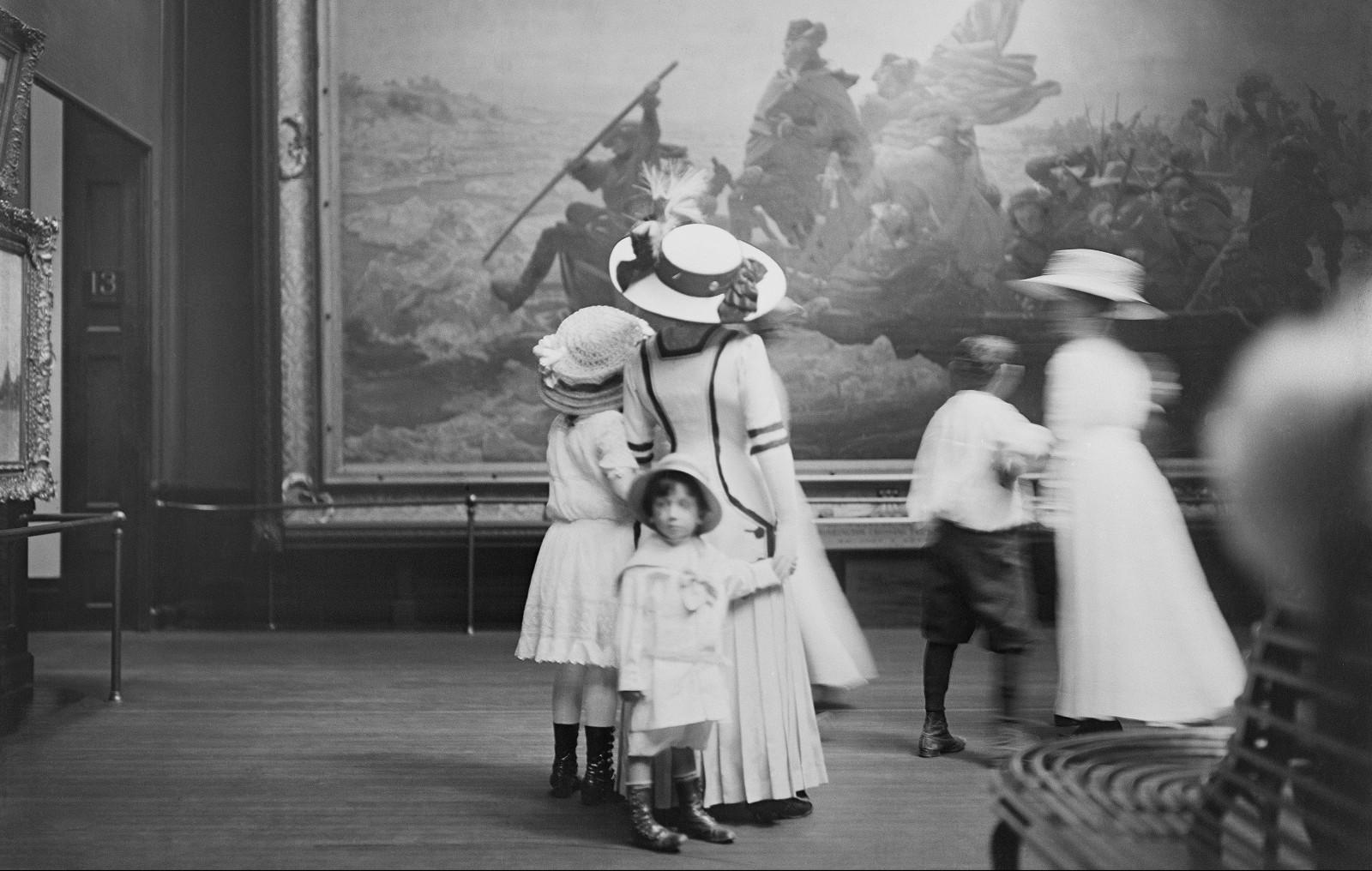
Visitors viewing George Washington Crossing the Delaware, 1851, by Emanuel Leutze. Photo taken in 1910.
In March, The Met unveiled its newly renovated Galleries for British Decorative Arts and Design, an 11,000-square-foot section of the museum that has been closed for renovations for the past several years. Officially known as the Annie Laurie Aitken and Josephine Mercy Heathcote Galleries, the ten “re-imagined” galleries will feature almost 700 works of British decorative arts, design and sculpture created between 1500 and 1900, organized with a new narrative to provide a fresh perspective on the period.
This is the first museum commission for Roman and Williams Buildings and Interiors, whose founders Robin Standefer and Stephen Alesch collaborated with the museum’s curators on the redesign. One highlight will be a gallery devoted to “Tea, Trade and Empire,” which will use more than a hundred English teapots to help tell the story of the country’s entrepreneurial spirit and rise in prosperity as it grew to become a global trading powerhouse. Works in other galleries will include furniture, ceramics, silver, tapestries, and other textiles from the Tudor, Stuart, Georgian and Victorian eras, ranging in style from Renaissance, Baroque, Rococo, Neoclassical and neo-Gothic.
Other ways the museum is marking its anniversary include displaying works donated by more than a hundred collectors and supporters in honor of the occasion; launching a series of cross-cultural installations that will juxtapose works from the permanent collection exploring themes that span different cultures, and showing videos of members sharing their own stories about The Met.
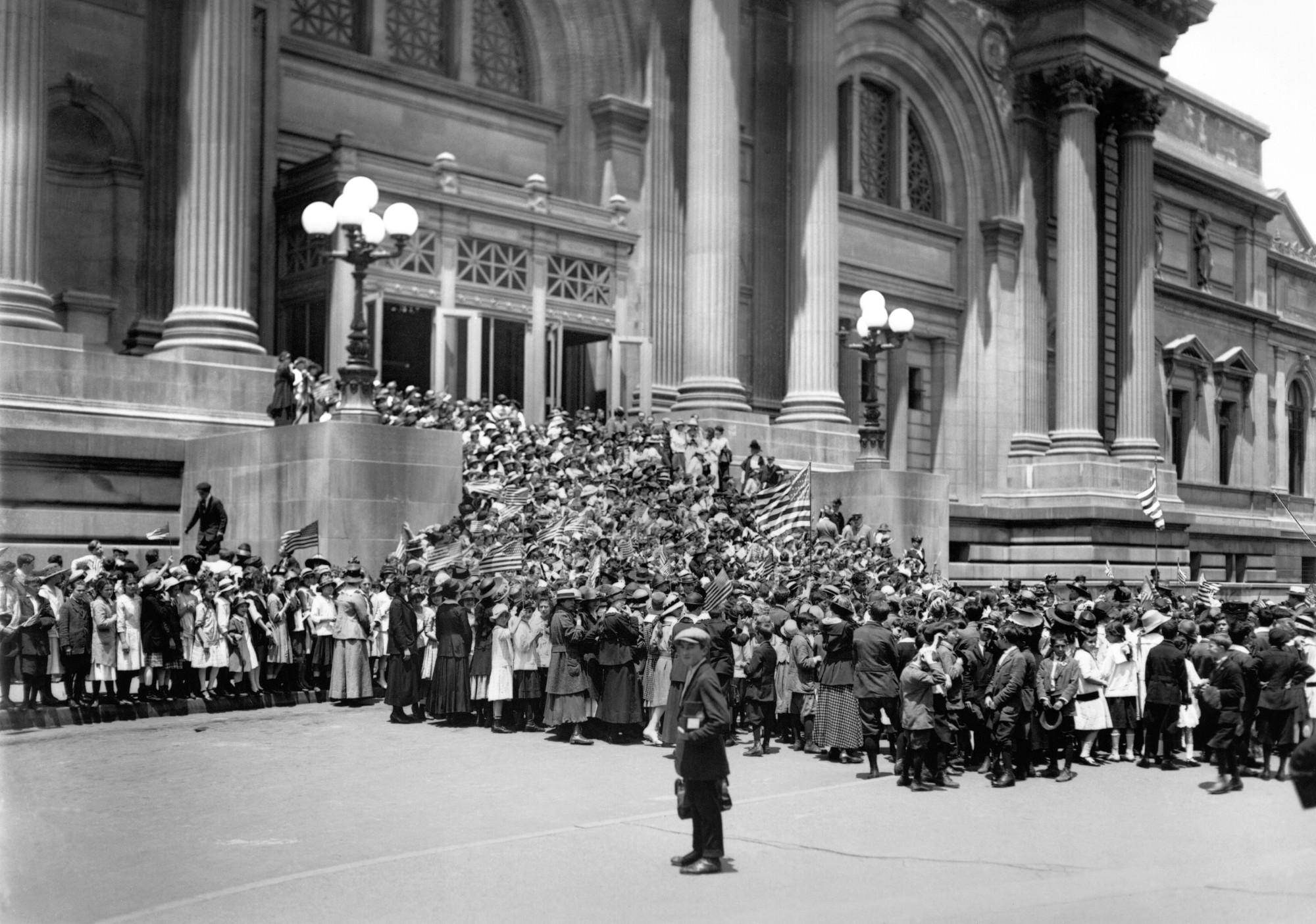
New York City students at the entrance of The Met Fifth Avenue celebrating Flag Day on June 14, 1916.
Though parties, fundraisers and a symposium entitled “Shifting Perspectives on Art and Museums,” as well as tours, workshops, and performances were canceled, essays originating with the symposium will be published in the Metropolitan Museum Journal, whose editors are planning an anniversary-themed issue examining how global currents in art history shaped The Met and how The Met has shaped the field of art history.




